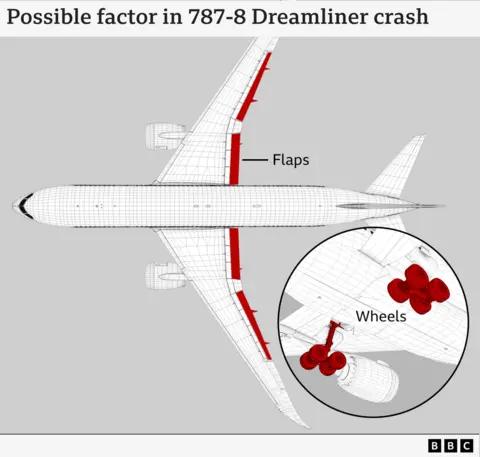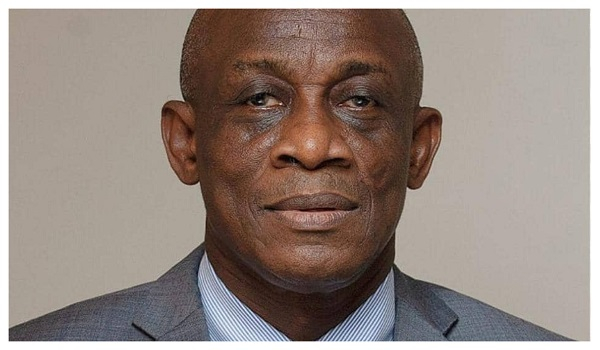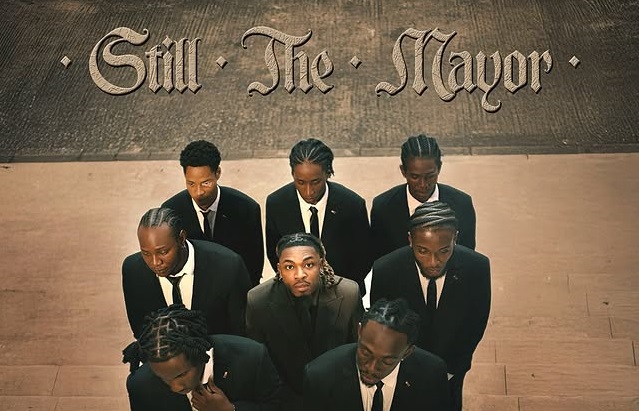What could have caused Air India plane to crash in 30 seconds?
Experts and pilots familiar with Ahmedabad airport have told the BBC that it is "notorious for birds".
"They are always around," says Mr Ranganathan, echoing what at least three Indian pilots who have flown in and out of the airport told the BBC .
Gujarat state, where Ahmedabad is located, reported 462 bird strike incidents over five years, with most occurring at Ahmedabad airport, according to Civil Aviation Ministry data tabled in Parliament in December 2023.
A Times of India report in September 2023 cited Airport Authority data noting 38 bird strikes in 2022–23 in Ahmedabad, a 35% rise over previous 12 months.
In the 2009 case, a flock of seagulls was ingested at 2,700ft – more than four times higher than the Air India flight. In this case the Indian pilots had neither the altitude nor the time to manoeuvre.
However, a senior pilot said that a bird hit is rarely catastrophic "unless it affects both engines".
Three experts who spoke to BBC Verify suggested that the disaster may have occurred as the aircraft's flaps were not extended during take-off - though other pilots and analysts have challenged this.
Flaps play a vital role during take-off, helping an aircraft generate maximum lift at lower speeds.
If they're not properly extended, a fully loaded jet - carrying passengers, heavy fuel for a long-haul flight, and battling hot conditions - will struggle to lift off.


In Ahmedabad, where temperatures neared 40°C (104F) on Thursday, the thinner air would have demanded higher flap settings and greater engine thrust, one pilot told the BBC. In such conditions, even a small configuration error can have catastrophic consequences.
CCTV footage which emerged late on Thursday afternoon showed the plane taking off from Ahmedabad, struggling to achieve altitude, and then slowly descending before crashing.
But a take-off roll with retracted flaps would trigger warnings from the 787's take-off Configuration Warning System, alerting the flight crew to an unsafe configuration, according to one pilot the BBC spoke to.
Ex-pilot Mr Chan told BBC Verify that the footage that has emerged so far is too distorted to establish for sure whether the flaps were extended, but said that such an error would be "highly unusual".
"The flaps are set by pilots themselves, before take off, and there are several checklists and procedures to verify the setting," Mr Chan said. "That would point to potential human error if flaps aren't set correctly."
Additional reporting by Jake Horton














